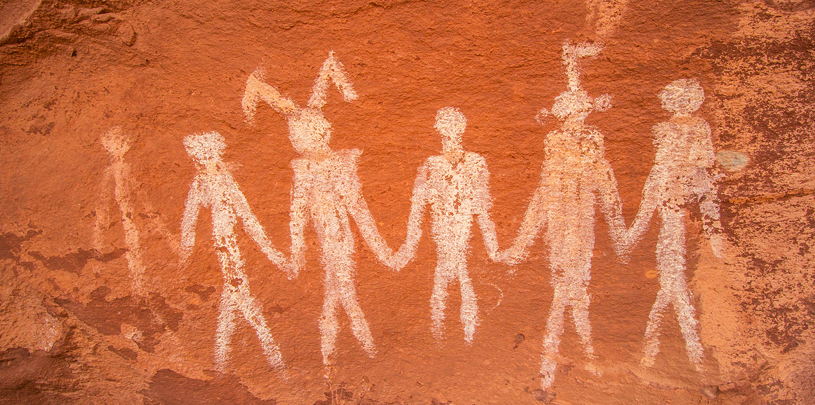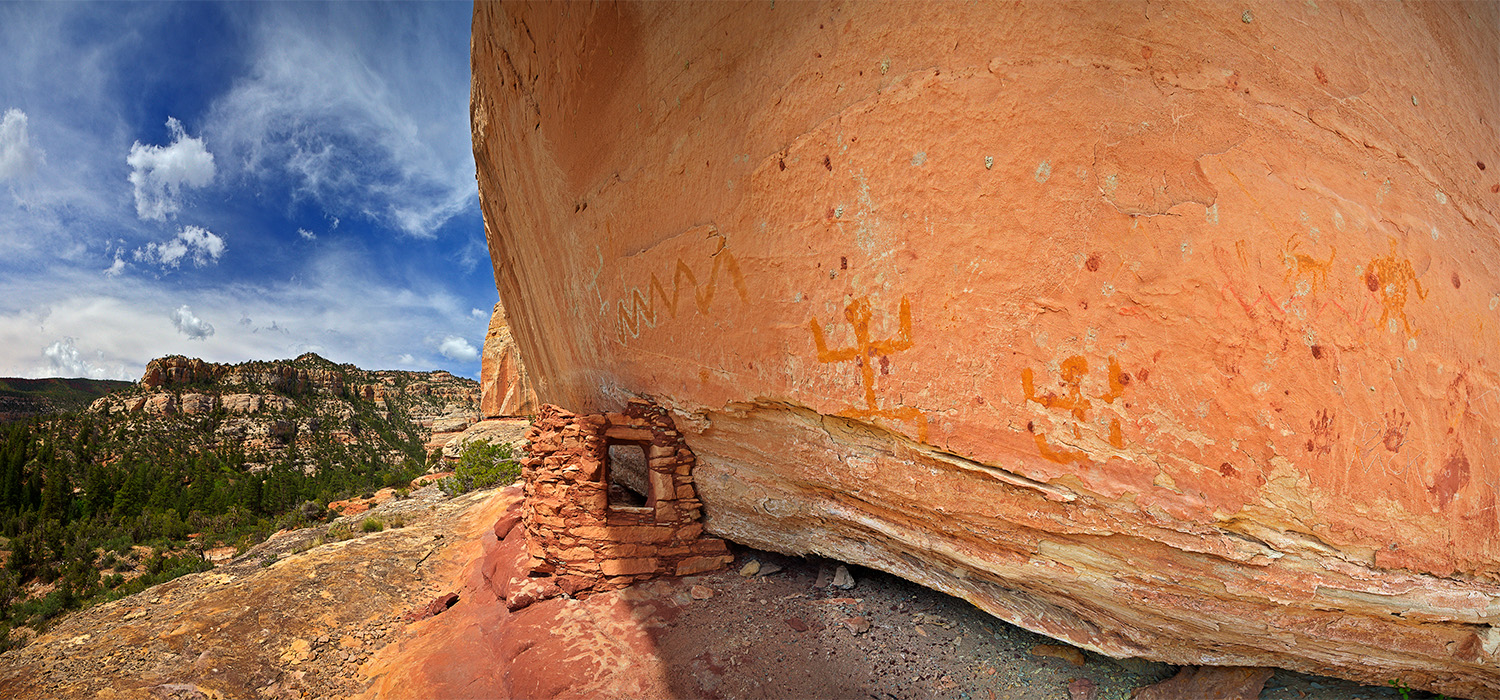
 by Heather Herold, Native America Associate
by Heather Herold, Native America Associate
Among the many wonders stripped of national monument protections by President Trump's decision to slash Bears Ears National Monument by 85 percent are centuries-old rock art panels long coveted by looters. These petrogylphs and pictographs offer a rare window into the past and connect modern-day Native Americans to their ancestors.
As Malcolm Lehi, a former Ute Mountain Ute tribal councilman, explains: “Native People relate to rock art with our hearts…We do not view these panels as just art, but almost like a coded message that…informs our life and reality as humans.”
Here are some of the rock art panels excised from Bears Ears National Monument by the president's December 4, 2017 proclamation:








 Horse panel petroglyphs. Photo: Jonathan Bailey
Horse panel petroglyphs. Photo: Jonathan Bailey
National monuments add a layer of protections that Forest Service, Bureau of Land Management, and other public lands don't have.

How many rock art panels are now more vulnerable to looters and vandals, having been stripped of national monument protections? No one knows exactly. Only a very small part of this area has been subject to an exhaustive cultural resources inventory. But anyone who has wandered the canyons of Cedar Mesa and other areas cut from the monument knows it's hard to go very far without looking up to see the stories Native American artists carved and painted on the canyon walls.
Bears Ears isn't a museum without walls; it's a living cultural landscape that the tribes who petitioned for the monument to be designated in the first place, the Grand Canyon Trust, and others are suing President Trump to protect. We hope the next chapter in Bears Ears National Monument's history will be one of triumph carved not on the canyon walls but contained in a judge's order, restoring protections to the over 1 million acres unjustly cut from the monument.

Cultural landscapes are full of stories, artifacts, and resources to appreciate. Here's how ›
Utah voters strongly support national monuments in general, and Bears Ears and Grand Staircase-Escalante in particular, a new poll shows.
Read MoreA small victory in the legal case challenging Daneros uranium mine, near Bears Ears National Monument.
Read MoreBears Ears petroglyph panels and cultural sites protected by new proposed management plan.
Read More